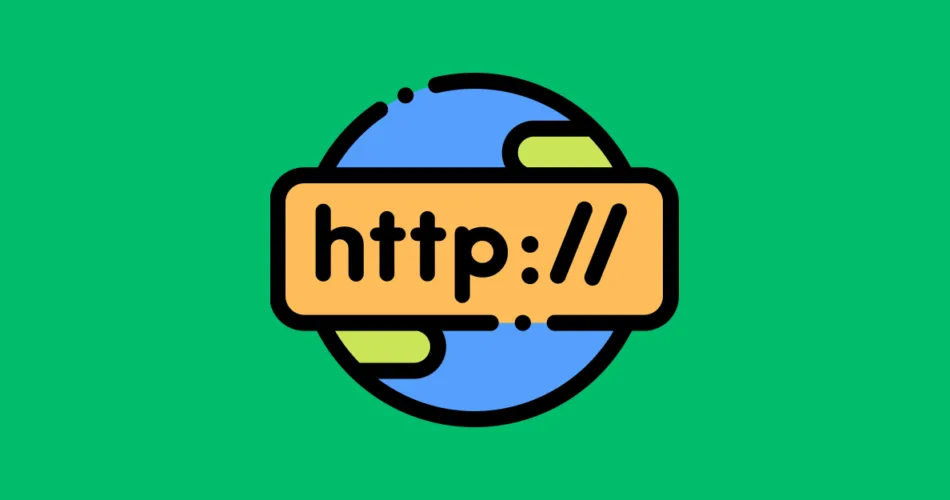Welcome to another exciting guide on Java networking! In this post, we’ll dive into the world of URLs, HttpURLConnection in Java, which are essential components for interacting with resources over the internet using Java.
Exploring URL Components and Their Significance
URLs are the addresses that help us locate resources on the web. They consist of various components that provide information about the resource’s protocol, host, port, path, query, and more.
Let’s break down a URL and understand its components:
- Protocol: Specifies the communication protocol (e.g., HTTP, HTTPS, FTP).
- Host: Identifies the server where the resource is located (e.g., www.example.com).
- Port: Specifies the port to connect to on the host (default ports are used if not specified).
- Path: Points to the specific resource on the server (e.g., /articles/java-networking).
- Query: Contains additional parameters for the request (e.g., ?page=1&limit=10).
- Fragment: Refers to a specific part of the resource (e.g., #section1).
Understanding these components is essential for constructing URLs correctly and effectively communicating with resources.
Creating and Using HttpURLConnection for Making HTTP Requests
The java.net.HttpURLConnection class is a powerful tool for making HTTP requests. It allows you to open a connection to a specific URL, set request headers, specify the request method, and interact with resources on the web.
Here’s a basic example of how to use HttpURLConnection to make an HTTP GET request:
import java.net.HttpURLConnection;
import java.net.URL;
import java.io.BufferedReader;
import java.io.InputStreamReader;
public class HttpURLConnectionExample {
public static void main(String[] args) {
try {
URL url = new URL("https://api.example.com/data");
HttpURLConnection connection = (HttpURLConnection) url.openConnection();
connection.setRequestMethod("GET");
int responseCode = connection.getResponseCode();
if (responseCode == HttpURLConnection.HTTP_OK) {
BufferedReader in = new BufferedReader(new InputStreamReader(connection.getInputStream()));
String inputLine;
StringBuilder response = new StringBuilder();
while ((inputLine = in.readLine()) != null) {
response.append(inputLine);
}
in.close();
System.out.println(response.toString());
} else {
System.out.println("HTTP request failed with response code: " + responseCode);
}
} catch (Exception e) {
e.printStackTrace();
}
}
}
This example demonstrates how to create an HttpURLConnection, set the request method to GET, and read the response from the server. Remember to handle exceptions appropriately and close the connection after use.
Handling HTTP Response Codes and Reading Response Data
When making HTTP requests, understanding the response codes and reading the response data is crucial. The response code indicates the status of the request, while the response data contains the content sent by the server.
In the example above, the code checks if the response code is HTTP_OK (status code 200), which indicates a successful request. It then reads the response data from the input stream and prints it to the console.
However, there are various response codes that might be encountered, such as HTTP_NOT_FOUND (404) for a resource not found, HTTP_BAD_REQUEST (400) for a malformed request, and more. Handling these response codes appropriately is crucial for effective error handling in your applications.
Conclusion
Understanding URLs, HttpURLConnection, and HTTP response handling is essential for building Java applications that interact with web resources. Whether you’re fetching data, sending data, or simply communicating over the internet, these concepts provide the necessary tools to make your applications network-aware and efficient.
Stay tuned for more Java networking guides to expand your knowledge and skills!
- Exploring the components of URLs and their significance.
- Creating and using HttpURLConnection for making various HTTP requests.
- Understanding different HTTP response codes and how to handle them.
Subscribe to our email newsletter to get the latest posts delivered right to your email.


Comments